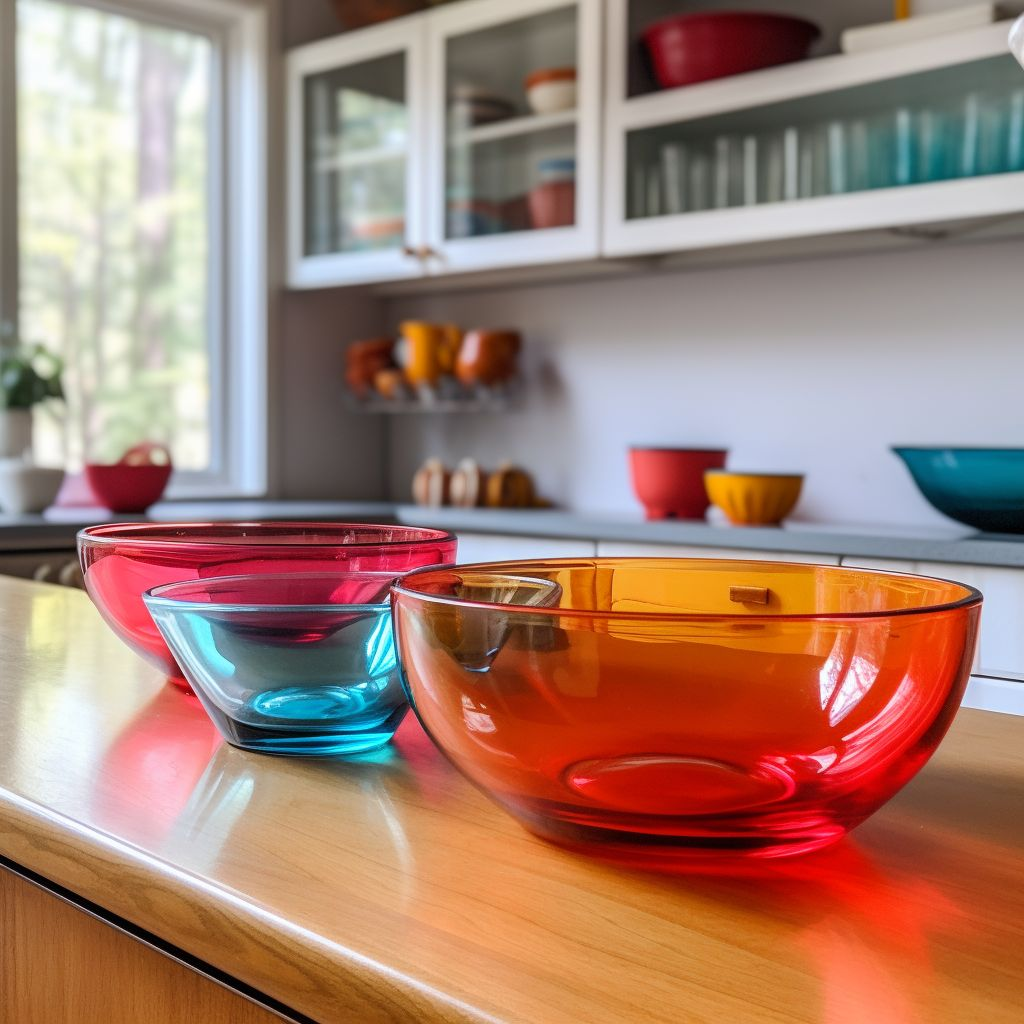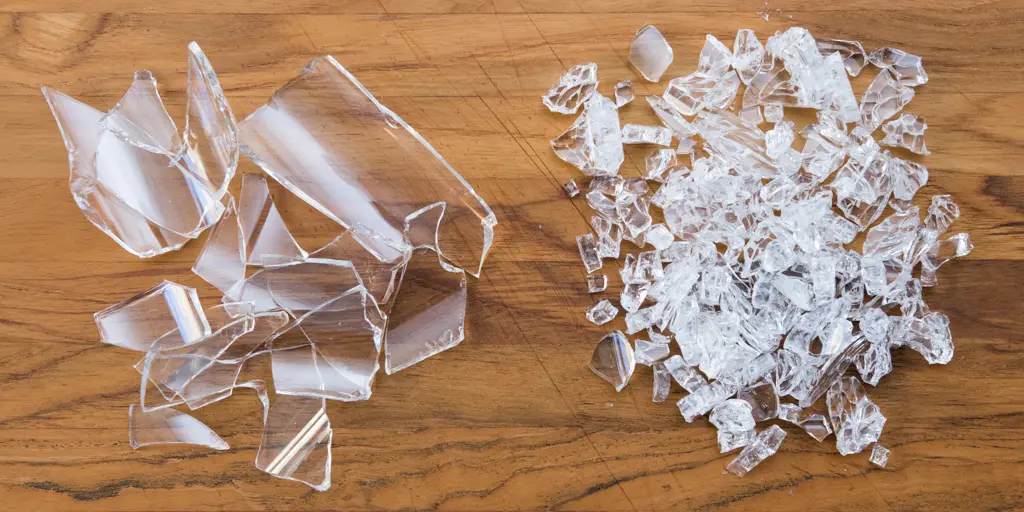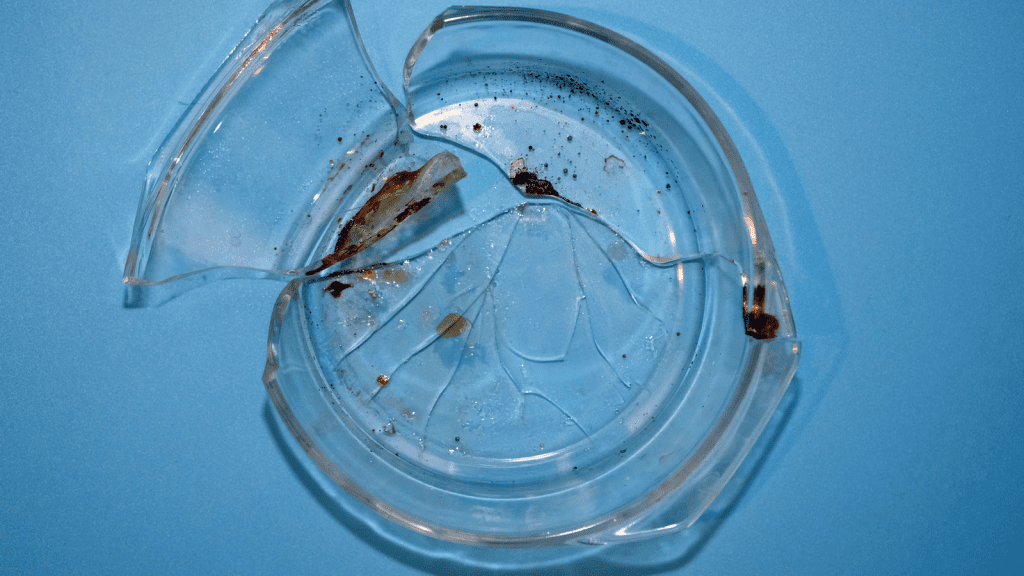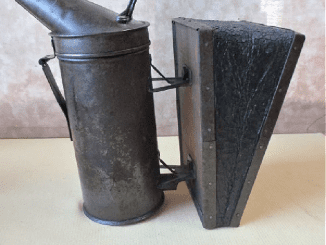Pyrex is a trusted name in the world of kitchenware, known for its durability and versatility in withstanding extreme temperatures. Whether you’re baking your favorite lasagna or storing leftovers, Pyrex has become a go-to for many home cooks. However, in recent years, concerns have arisen about whether Pyrex can randomly explode, causing users to question its safety. So, is Pyrex really safe, or is there a hidden danger lurking in your kitchen?
The History of Pyrex: From Borosilicate to Soda-Lime Glass

Pyrex was introduced by Corning Glass Works in 1915 and initially made from borosilicate glass. This glass type is highly resistant to thermal shock, making it perfect for moving dishes from a freezer to an oven without shattering. Pyrex quickly became a favorite among home cooks because of its resilience.
However, in the 1990s, the formulation of Pyrex glass was changed. Modern Pyrex, particularly in the U.S., is made from soda-lime glass instead of borosilicate. While soda-lime glass is still durable and less expensive to manufacture, it doesn’t have the same heat resistance as borosilicate glass, leading to the safety concerns we hear about today.
Why the Switch?
The change from borosilicate to soda-lime glass was likely driven by cost considerations. Soda-lime glass is cheaper to produce and still provides strength and durability for general use. However, this switch also made Pyrex more vulnerable to thermal shock, which can result in breakage under extreme temperature changes.
Why Does Pyrex Explode?
While Pyrex is generally considered safe, certain conditions can cause it to break or “explode” unexpectedly. Let’s look at the key reasons behind these incidents.
1. Thermal Shock: The Main Culprit
Thermal shock occurs when a sudden and extreme change in temperature causes the glass to break. For example, taking a hot Pyrex dish out of the oven and placing it on a cold countertop can create uneven temperature distribution. The glass expands and contracts at different rates, leading to stress fractures and potential shattering.
This is a primary reason why modern Pyrex, made from soda-lime glass, may break more easily than its borosilicate predecessor.
2. Manufacturing Changes: The Shift to Soda-Lime Glass
As we’ve discussed, the switch to soda-lime glass has made Pyrex more prone to thermal shock. While soda-lime glass is still designed to handle temperature changes, it doesn’t perform as well as borosilicate glass under extreme conditions. This vulnerability is a key factor behind the reports of Pyrex dishes shattering in users’ kitchens.
3. Defects in the Glass: Imperfections Can Weaken Pyrex

Just like any mass-produced item, Pyrex dishes can occasionally have imperfections. Small air bubbles or other flaws in the manufacturing process can create weak points in the glass. When exposed to high temperatures or rapid temperature changes, these defects can cause the glass to fail and break.
4. Scratches and Wear Over Time
Even if your Pyrex has never exploded, it can still develop scratches, chips, or cracks over time. These small damages weaken the glass and make it more susceptible to breaking when exposed to thermal stress. Always inspect your Pyrex for signs of wear before using it in high-heat situations.
How to Safely Use Pyrex in the Kitchen
Despite the potential risks, Pyrex is still a reliable and safe tool for everyday cooking if used correctly. Here are some practical tips to keep your Pyrex in top shape and avoid any unfortunate accidents:
1. Avoid Sudden Temperature Changes

To minimize the risk of thermal shock, don’t expose Pyrex to sudden temperature changes. For instance, avoid taking a hot dish straight from the oven and placing it on a cold surface. Instead, allow it to cool gradually or place it on a trivet or wooden board to protect the glass from rapid temperature fluctuations.
2. Inspect for Damage Regularly
Always check your Pyrex for visible cracks, chips, or scratches before each use. These small imperfections can create weak points that make the glass more prone to shattering. If you notice any damage, it’s better to be safe and discard the dish.
3. Use Heat-Resistant Surfaces
When removing Pyrex from the oven, always use oven mitts and place the dish on a heat-resistant surface like a trivet. Avoid putting the dish on a wet or cold countertop, as this can cause rapid cooling and lead to breakage.
4. Don’t Use Pyrex Under the Broiler

Pyrex is not designed to handle the high, direct heat of a broiler. The intense heat from broiling can cause the glass to overheat and shatter. Stick to baking and reheating when using Pyrex in your oven.
5. Gradual Thawing of Frozen Foods
If you’re using Pyrex to store food in the freezer, be sure to thaw it gradually before heating it. Taking a frozen Pyrex dish and putting it directly into a hot oven can cause thermal shock, leading to an explosion. Thaw frozen Pyrex dishes in the refrigerator before heating them in the oven.
Alternatives to Modern Pyrex: Borosilicate Glass Bakeware
If you’re concerned about the safety of modern Pyrex made from soda-lime glass, you might consider switching to borosilicate glass bakeware. Some manufacturers still produce borosilicate glass cookware, which is more resistant to thermal shock and less likely to shatter under extreme temperature changes.
These alternatives might come with a higher price tag, but they offer added peace of mind when cooking at high temperatures or transitioning dishes between extreme temperatures.
Conclusion: Is Pyrex Safe to Use?
Pyrex, despite the occasional reports of breakage, remains a safe and valuable tool for home cooking when used properly. Understanding the reasons behind its potential to “explode,” such as thermal shock and the switch to soda-lime glass, can help you take the necessary precautions to avoid accidents in the kitchen. By following simple safety tips like avoiding sudden temperature changes and inspecting for damage, you can continue to enjoy the versatility and convenience of Pyrex in your culinary adventures.
If you’re still unsure, considering alternatives like borosilicate glass cookware can give you peace of mind while you cook.


